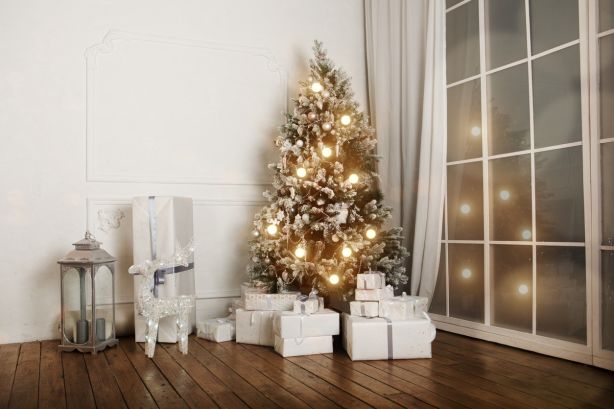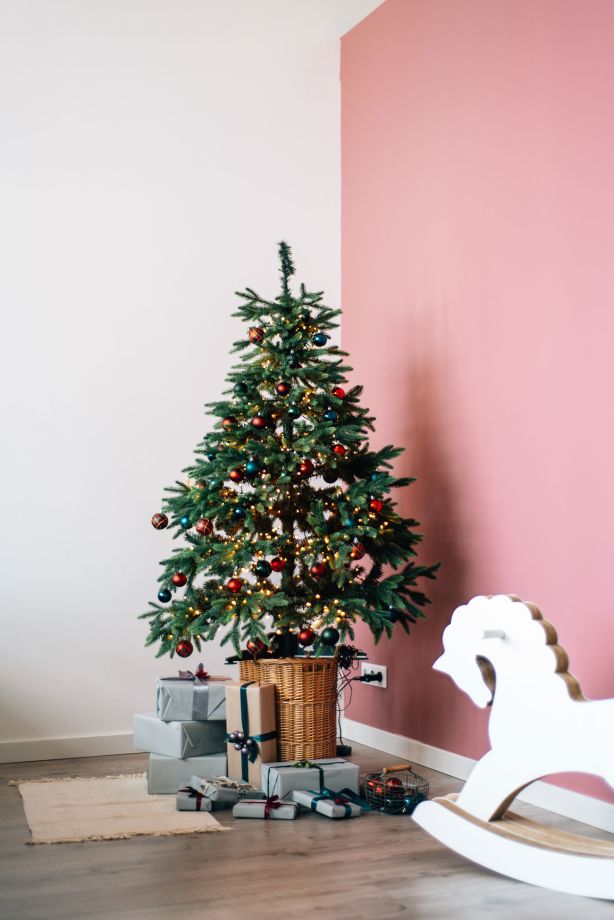What’s better for the environment? Chopping down a living tree or building one from plastic and metal?
A decorated pine Christmas tree is the focal point of most Christmas festivities. The tinsel, the lights, that fresh pine smell.
It’s an old tradition with origins that are hard to pinpoint but it is thought Christmas trees have been around for more than a thousand years.
Recently, the modern plastic Christmas tree has been seen as an easier choice for many and often the argument is that it’s better for the environment to re-use a plastic Christmas tree than to cut down a real tree year after year.
But experts say artificial trees are the least environmentally friendly option and should be avoided.
An artificial tree is normally made of PVC plastic, steel and aluminium. Their ultimate home was landfill because each tree’s different components were fused together and therefore could not be recycled.

Plastic Free spokesman George Arthur-Amohau said the process of creating artificial trees and then shipping them all over the world used significant energy and resources.
“What we end up with is a non-recyclable product with a limited lifespan,” he said.
Related: 10 tips to growing herbs
Related: The parts of the home you’re forgetting to clean
Arthur-Amohau stressed that if people already had a plastic Christmas tree then they needed to hang onto it and use it for as long as possible.
“Extending the life of the plastic items that we do have is an important part of keeping them out of landfills and from impacting our environment,” he said.
Studies have estimated that an artificial Christmas tree would need to be used for anything from 10 to more than 20 years before it would be as sustainable as a natural tree.
Arthur-Amohau said a real Christmas tree which had been farmed sustainably and locally was a better way to go, but that it wasn’t necessary to chop a tree down to enjoy it.

“I would argue that it’s not ever going to be as green because no matter how many times you reuse your artificial tree, you’re still going to have to dispose of it at some point – plus you’ll have several years of throwing away all the plastic that the Christmas tree sheds just from use.
“I’ve been excited in the past couple of years to see that more and more nurseries and garden centres are selling living Christmas trees. Because trees absorb carbon dioxide from the atmosphere, purchasing a real tree, potting it up and using it for as many years as you can before planting it is a great thing to do,” he said.
Arthur-Amohau said it was good to see people experimenting with sustainable options instead of an artificial or traditional tree. “I’ve seen people come up with all sorts of creative alternatives, and usually they have a lot of fun coming up with really individual ways to decorate their homes.”
Alternatives included decorating living plants, bare branches trimmed from larger trees, trees made of metal or wire or cut out from wood, he said.
“My favourite alternative was a huge wooden panel cut out in the shape of a Christmas tree and decorated with family photos, handmade decorations and little items of sentimental value. It’s wonderful to see people exploring different ways to decorate for Christmas, and this will be all the more meaningful if they consider the environment while they do.”
– This originally appeared on Stuff
-SHABNAM DASTGHEIB
Do you have a question on the local Real Estate market, or should you spend money on your home before you sell, just call Matt Wineera on 0274 951 536 who is always on hand to answer your query. Check out our Value Plus Real Estate Selling Commission which saves you lots of money when you sell your home with Matt.
Check out our blog on How to Host a Plastic Free Christmas


